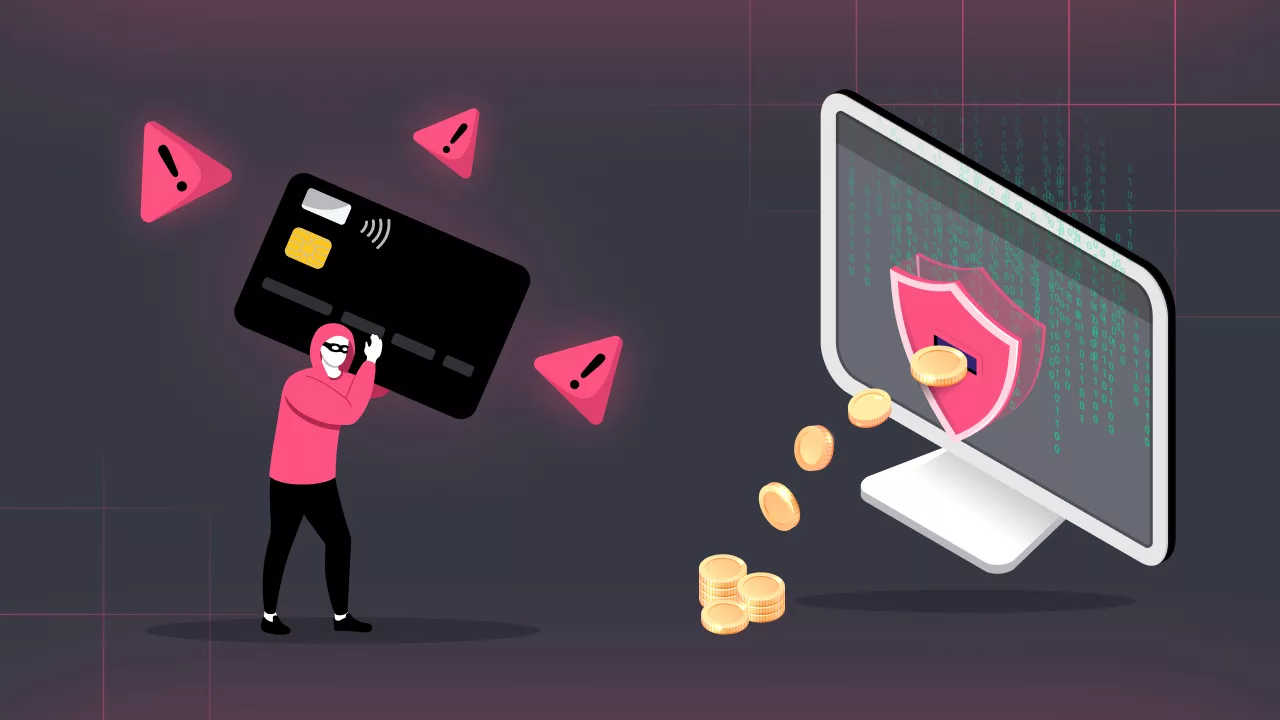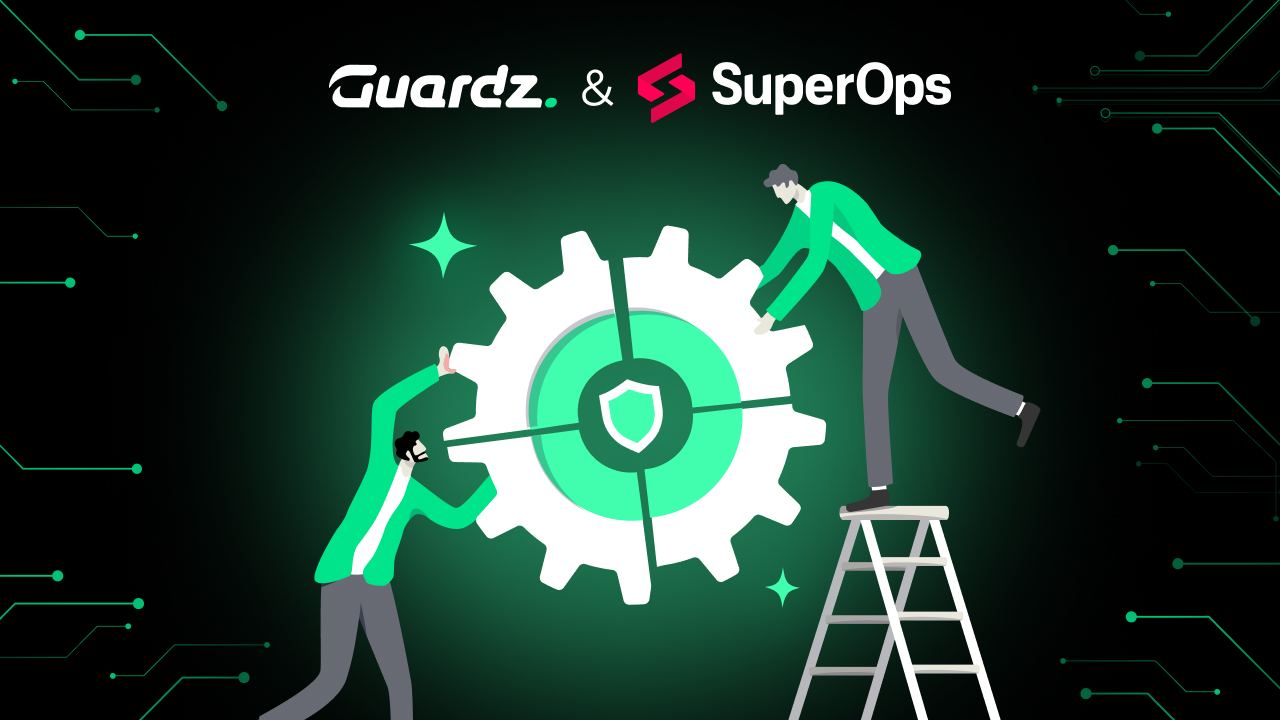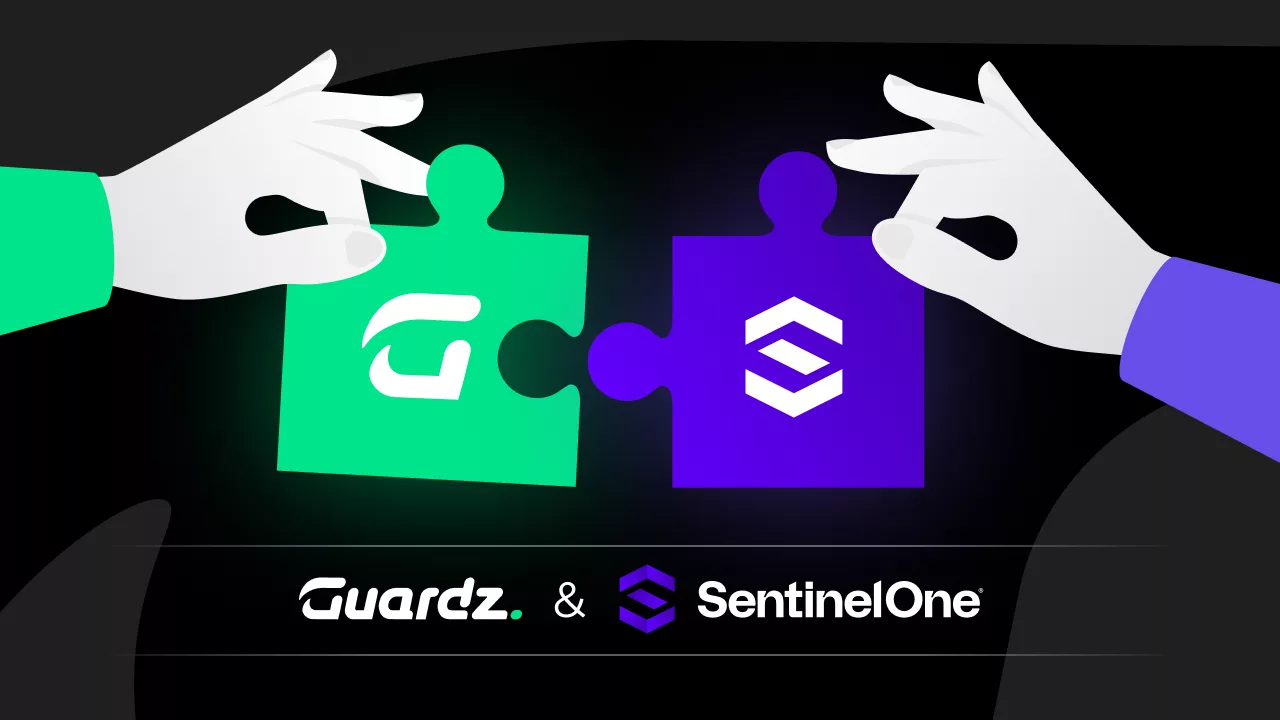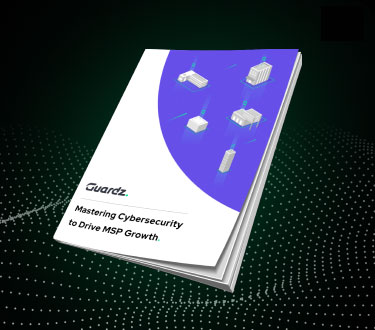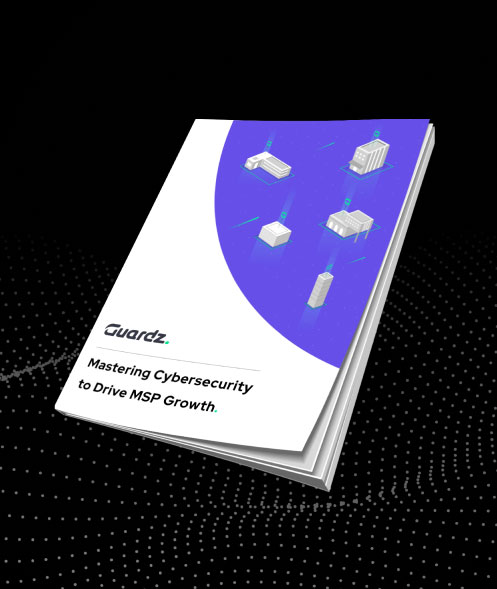Customer payment data is one of the most frequently targeted types of data for hackers, and it’s easy to understand why. Access to payment credit card data enables hackers to commit a number of cyber security crimes, including data breaches; as a response to increasing numbers of security incidents related to customer payment data, regulations such as PCI DSS were established.
What is PCI DSS in Cybersecurity?
The Payment Card Industry Data Security Standard, or PCI DSS, is a set of requirements developed in 2006 by the Payment Card Industry Security Standards Council (PCI SSC) consisting of the five major credit card companies (e.g., Visa, MasterCard, American Express, Discover and the Japan Credit Bureau) to ensure the security of the payment data of cardholders. The requirements include frameworks such as NIST SFC, the National Institute of Standards and Technology Cybersecurity Framework, and tools such as firewalls, data encryption and two-factor authentication.
The standard is applicable to any type of business that generates, processes, or stores cardholder data, regardless of business size or the volume of its transactions. E-commerce businesses, financial institutions payment services, and any business service provider that uses credit cards to make customer transactions are required to adhere to PCI DSS regulations.
The goals of the PCI DSS cybersecurity standard are to reduce the risk of data breaches, credit card fraud, and any other unauthorized use of credit card data. When companies meet PCI DSS cybersecurity compliance, it helps build trust in their data security process, making them more attractive to potential customers and business partners.
The Risks of Non-Compliance
Organizations that fail to meet PCI DSS requirements may be more likely to suffer data breaches, identity theft, and other security incidents, along with fines, lawsuits, and insurance claims. Penalties per category of violation can run from $5,000 to $100,000 per month.
Employees can unintentionally violate PCI DSS cyber security compliance in a number of ways. For example, an employee could leave hard copies of credit card data in plain view for non-authorized users to gain access. They could also use weak passwords, or use a third party that doesn’t protect its customers’ credit card data.
Leading brands that faced these consequences include:
- Equifax. After Equifax suffered a data breach that included the social security numbers, birth dates, addresses, driver’s licenses, and credit card numbers of 143 million customers, investigators found that it was a result of failure to implement proper network security practices such as updating software regulatory and patching vulnerabilities continually.
- Marriott. In 2020, the prominent hotel chain suffered its third data breach in five years. This time, the exposure of customer data of over five million users was a result of a social engineering attack targeted at an employee. The ability of hackers to target this brand successfully highlights the importance of continually training employees about the risks of evolving cybersecurity threats to MSP clients.
- Warner Music Group. The music company suffered a data breach in 2020 that targeted payment data such as the customer’s name, email address, telephone number, billing address, shipping address, and payment card details. The hacking group Magecart claimed responsibility for this attack that affected an unspecified number of users.
Looking to boost your MSP revenue? Guardz got your back!
How MSP Clients Can Meet PCI DSS Cybersecurity Compliance
While PCI DSS cybersecurity compliance includes meeting twelve different security requirements, there is a lot your company can do on its own to get the process started.
Here are a few steps you can take:
- Improve network security. Updated firewalls, implementing data encryption, and using secure passwords offer basic protection against attackers stealing credit card data, as does secure endpoints from potential risks and vulnerabilities these attackers could exploit.
- Increase employee awareness. Employees should understand and learn about the risks posed by exposed passwords, malicious emails, and misconfigurations and the consequences of failing to meet PCI DSS compliance.
- Implement regular testing and monitoring of networks. This includes ongoing system testing, such as logging mechanisms for security flaws, in addition to continually monitoring employees for any practices that could potentially expose customer card payment data.
- Verify both vendor and third-party compliance. Third-parties and vendors should also comply with PCI DSS best practices to strengthen their cybersecurity posture and gain customer trust. In turn, this encourages more potential business partnerships.
- Strengthen your digital perimeter. Defend against the exposure of both business and customers’ digital assets and exploitation from vulnerabilities by gaining access to your external security posture.
How Guardz Protects Customer Data
While implementing the steps above is the first step in protecting precious customer payment data, your business needs to secure it further with advanced cybersecurity technology. As a unified cybersecurity platform, Guardz empowers MSPs to help businesses across industries secure and insure their customer’s payment data against top cybersecurity threats: ransomware attacks, data loss, and user and data security. By uncovering vulnerabilities with a non-intrusive scan of your external attack service, you’ll discover hidden risks across different security, enabling you to reflect MSP clients’ cyber status while strengthening your brand at the same time.
- Share On:


